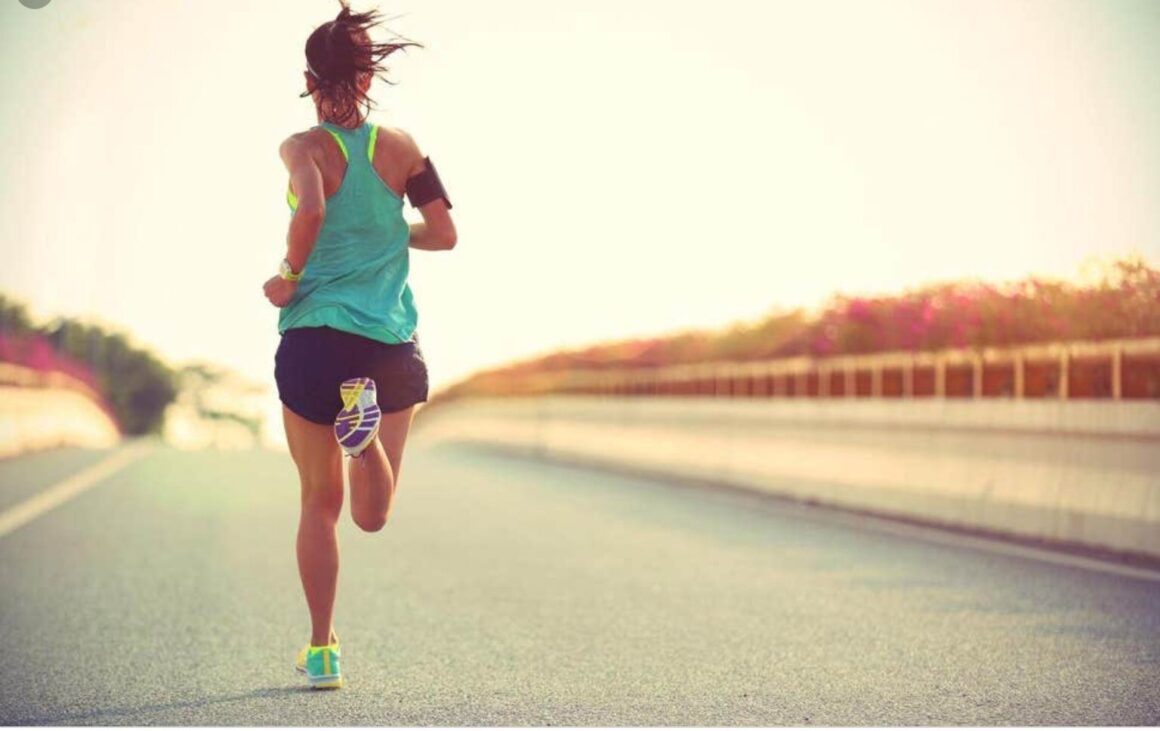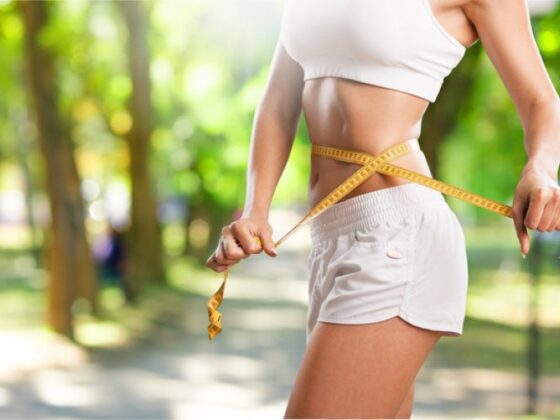As Homo sapiens, we are born to keep our bodies active regardless of the age we dwell. Today, most people look for an ideal exercise while any exercise is better than nothing. If this is valid, two of the best potential alternatives would be rowing and running, as they are some of the typical popular forms of standard cardio workouts worldwide.
Rowing Vs. running
Rowing and running are both dominant forms of cardio and can get your heart pumping in a manner of minutes; however, they differ quite a bit in what they offer. While running targets the legs, rowing also provides an upper-body workout.
The basic fundamental of running is the act of moving quickly on your feet. The accessibility of running is that we run on a treadmill, and of course, we know that we can also run outdoors with proper footwear.
Moreover, when it comes to rowing, whether you choose to row on a rowing machine or row out in a boat on the water with an actual rowing boat not taking kayaking.
Now the question is, what are the Benefits of Rowing vs. Running?
Some of you do seemingly reading this article here because lately, a friend told you or your fitness coach said to you that you should consider rowing as an activity to add to your fitness regimen for one reason or another.
Well then, is rowing a good workout comparing to the running?
Ultimately, the goal today is to discover rowing vs. running, which of these is useful for you and should you be practicing it, depending on your circumstances, your fitness level, all of these things go into play into deciding rowing vs. running as to whether or not rowing or running makes sense for you and should you be rowing or running?
Let’s explore some of the advantages of practicing both the workouts and whether those fit into parameters that make sense for you, and let us figure out what all the excitement is about!
Running
Running is considered an intense workout, which means it can have a harsh impact on your joints. To reference with many data, many runners eventually suffer from all kinds of pain, for instance, foot pain, knee pain, back pain, and so on. Besides, running is not recommended for people with arthritis, achy joints, and old age people.

Neither running contributes to a full-body workout like rowing, so you may need to incorporate further strength training into your routine.
Rowing
Rowing is a low impact
That is true; however, it’s not the only low impact exercise that exists, but it inherently does reduce the impact on the body. If you can’t run and can’t jump and you have arthritis and achy joints, guess what? This is an excellent option for you to consider using a rowing machine because sitting on the seat and horizontal force production, you don’t have the same effects of gravity driving you down while trying to fight against that.

Strength and Endurance
Strength, endurance, strength endurance, endurance-based strength, you can do it all with this rowing machine because of its resistance adjustment settings. You can program any workout that your heart desires on this thing, whether it’s multiple 20, 10-second sprints that are intended to work on your strength and your ability to handle the load and put you under really aggressive duress. You can do it because you can take that resistance up, make it feel heavy, and work for the very short sprint of periods or if you want to work on your base aerobic volume and program long workouts with low resistance that are meant to make you sweat and improve lung capacity and your aerobic endurance, you can do that too by programming it precisely as you want with this machine.
Metabolic processes
The metabolic rate remains high for quite sometime after rowing, as opposed to running. That’s because of more muscle activity (85% of the body’s muscles are engaged in rowing). Moreover, after exercise, it encourages calorie burning.

The question, that is, is rower a good workout? Rower could be a better option for you when comparing rowing vs. running, particularly if you are trying to find a low-impact exercise or one that will also strengthen your upper body.
The rowing machine in your fitness center might not be as hot as the treadmill, but rowing is an excellent alternative to running for your workout. Rowing not only consumes calories and strengthens the spirit, but it also offers other benefits that running does not.
How to build a rower’s physique?
We asked the top pros to share their best strategies and training tips to improve your indoor sessions to gain rower’s physique, Mr. Fred Schoch, executive director of the Head Of The Charles and former crew coach at Princeton and Georgetown.
Slow your row
You should stop the ‘fly and die’ method while rowing indoors, where you row too-hard-too-fast and burn out. Your move: to concentrate on form, slow down your strokes per minute (SPM), says Nick Knight, a London-based Ph.D. with a human performance background who rowed at Oxford for four years and recently qualified a four-person crew to row the Indian Ocean. They have a deliberate and effective stroke, and the best rowers do not run up and down. “Don’t just slam your legs down when you’re about to take your next stroke, but (without pulling with your arms), hang back from the handles and pinch your legs,” Knight says as soon as your legs are close to being locked flat, pull with your muscles, not sooner. This is, technically, a smooth, fluid motion.
Develop on the intervals of your
“The indoor champion’s distance is usually 2,000 meters,” says Schoch. Bite off little bits if you are trying to do this. For instance, concentrate on odd minutes: one minute of rowing, 90 seconds of rest, three minutes of rowing, 90 seconds of rest, five minutes of rowing, etc. “As a college coach, I took this approach and still use it in the masters.” Another interval to try: Execute five sets of 250-meter sprints at 25 SPM with the rest being 250 meters of sluggish, power-free rowing between sets, Knight suggests. Another interval to try: This will prepare the cardiovascular system using the anaerobic, non-oxygen system. Build on additional sets or distances as you feel the improvements in fitness.
Read more: How to lose 50 pounds in 6-8 months ? Tips for weight loss
Don’t neglect your legs.
“Many people believe that rowing is all in your arms and back, but with your legs, you push the power of the motion,” Schoch says. “Knight recommends that you practice your “rowing” legs with a simple squat: “The ‘up-phase’ strengthens your quadriceps while the ‘down-phase’ strengthens your hamstrings (primarily when performed slowly).
Focus on rowing-friendly lifts
If you have just 10 minutes, remember this: “The power clean is the nearest replication of the rowing stroke, just in the vertical plane instead of the horizontal plane.” Have trainers support you if you have never done one before. Moreover, concentrate on lighter weight and higher reps for the most “rowing” gains (e.g., three sets of 10 to 15 reps), Knight says. “The heart rate would also increase, as this has the added advantage of being very challenging in cardiovascular terms.”




1 comment